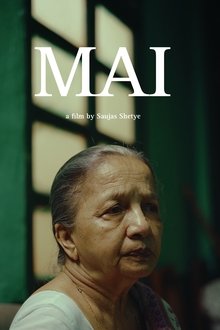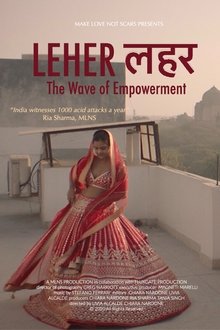Scenes at a garden party given by Earl Lytton, Governor of Bengal, at Government House, Calcutta.
Related Movies
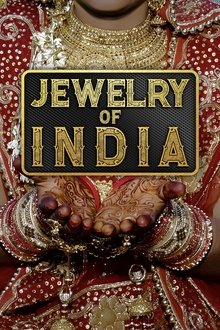
Jewelry Of India (NaN)
Mother India is home to many castes, tribes and religions and one common factor that brings this diverse country all together is Jewelry. Come explore the deep history and culture of the jewelry of India dating back more than 5000 years. As we explore the history we also take you into Bangalore, India and talk to local Jewelry Stores and Jewelry Artisans as they share their stories and their family history of their involvement in jewelry going far back into their family ancestry.
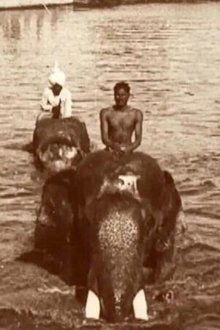
Edward Prince of Wales' Tour of India: Indore, Bhopal, Gwalior and Delhi (1922)
The future Edward VIII enjoys a stately procession and visits the Taj Mahal before meeting senior Indian royalty.
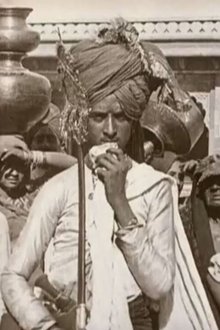
Edward Prince of Wales' Tour of India: Bombay, Poona, Baroda, Jodhpur and Bikaner (1922)
The future Edward VIII visits his Empire, with Indian royalty, elephants, palaces and temples.

Edward Prince of Wales' Tour of India: Bikaner, Lucknow, Benares, Nepal and Great Tiger Shoot (1922)
The future Edward VIII enjoys receptions, playing polo and hunting tigers on his royal tour.
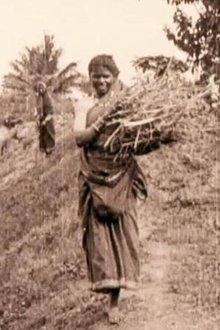
Edward Prince of Wales' Tour of India: Peshawar, The Khyber Pass and Rawl Pindi (1922)
The future Edward VIII enjoys stunning mountain scenery on a visit to the Khyber Pass during his royal tour
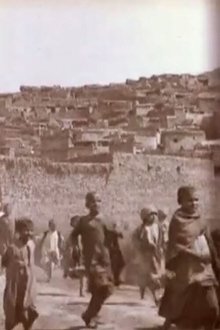
Edward Prince of Wales' Tour of India: Malakand, Kapurthala and Dehra Dun (1922)
The future Edward VIII visits Malakand, Kapurthala and opens the Royal Military College at Dehra Dun
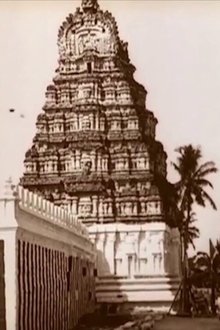
Edward Prince of Wales' Tour of India: Madras, Bangalore, Mysore and Hyderabad (1922)
This official travelogue of a royal tour follows the Prince on a series of regimental displays and a tiger hunt.
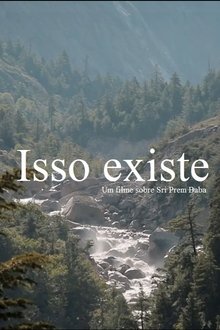
This Exists - A Film about Sri Prem Baba (2015)
The story of Sri Prem Baba, spiritual master and humanitarian leader with followers around the world, begins when a 14-year-old from Sao Paulo, Brazil, had a vision that said: 'go to Rishikeshi, India'. This story is delightfully told by himself leading us through the odyssey that would turn an ordinary boy into Prem Baba. Memories of friends, admirers and followers take us along the paths of the prosperous therapist who sank into a deep existential crisis and finally found India, where he would devote himself, after much debate, to his master and his destiny. A rich journey of enlightenment that brings us precious reflections on the meaning of life and the role of each one on this planet.
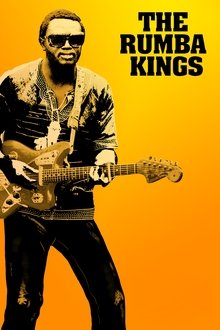
The Rumba Kings (2021)
In the fifties, when the future Democratic Republic of Congo was still a Belgian colony, an entire generation of musicians fused traditional African tunes with Afro-Cuban music to create the electrifying Congolese rumba, a style that conquered the entire continent thanks to an infectious rhythm, captivating guitar sounds and smooth vocals.
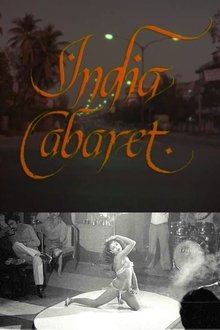
India Cabaret (1985)
A documentary exploring the "respectable" and "immoral" stereotypes of women in Indian society told from the point of view of 2 strip-tease dancers in a cabaret house in Bombay.
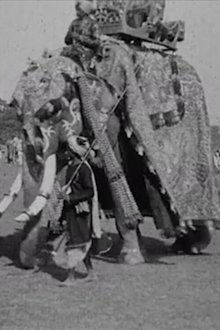
Calcutta Pageant (1912)
Scenes from a lavish pageant held during the royal visit to India, celebrating King George V’s coronation.
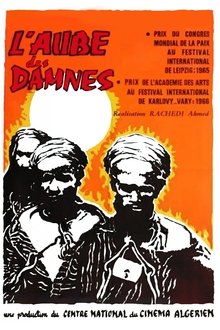
Dawn of the Damned (1965)
This excellent feature-length documentary - the story of the imperialist colonization of Africa - is a film about death. Its most shocking sequences derive from the captured French film archives in Algeria containing - unbelievably - masses of French-shot documentary footage of their tortures, massacres and executions of Algerians. The real death of children, passers-by, resistance fighters, one after the other, becomes unbearable. Rather than be blatant propaganda, the film convinces entirely by its visual evidence, constituting an object lesson for revolutionary cinema.
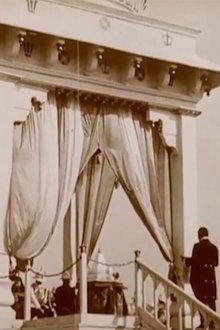
Edward Prince of Wales' Tour of India: Calcutta and Delhi (1921)
The future Edward VIII opens a durbar and enjoys a day at the races before inspecting the fire brigade in Calcutta.
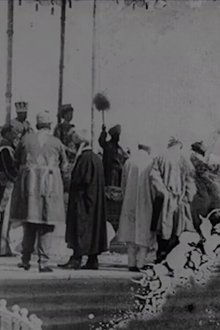
Delhi Durbar (1911)
A film produced to celebrate the coronation of George V as King-Emperor at the Imperial Durbar of 1911.
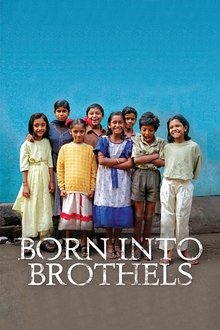
Born Into Brothels: Calcutta's Red Light Kids (2004)
Documentary depicting the lives of child prostitutes in the red light district of Songachi, Calcutta. Director Zana Briski went to photograph the prostitutes when she met and became friends with their children. Briski began giving photography lessons to the children and became aware that their photography might be a way for them to lead better lives.
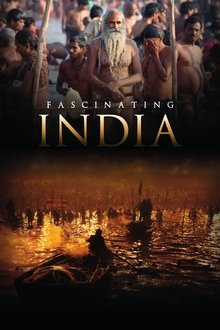
Fascinating India (2014)
"Fascinating India" spreads an impressive panorama of India’s historical and contemporary world. The film presents the most important cities, royal residences and temple precincts. It follows the trail of different religious denominations, which have influenced India up to the present day. Simon Busch and Alexander Sass travelled for months through the north of the Indian subcontinent to discover what is hidden under India’s exotic and enigmatic surface, and to show what is rarely revealed to foreigners. The film deals with daily life in India. In Varanasi, people burn their dead to ashes. At the Kumbh Mela, the biggest religious gathering of the world, 35 million pilgrims bathe in holy River Ganges. This is the first time India is presented in such an alluring and engaging fashion on screen.
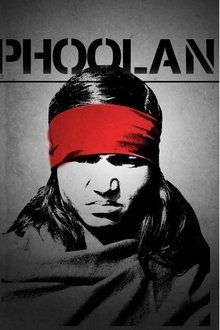
Phoolan (NaN)
Phoolan is a documentary film about the extraordinary life of a village girl, gang-rape survivor, bandit leader, and finally parliamentarian. This is the story of one woman’s fight against incredible odds for justice and dignity. Known as India’s Bandit Queen, Phoolan Devi is considered by many to be one of the most extraordinary and controversial women of our time.

